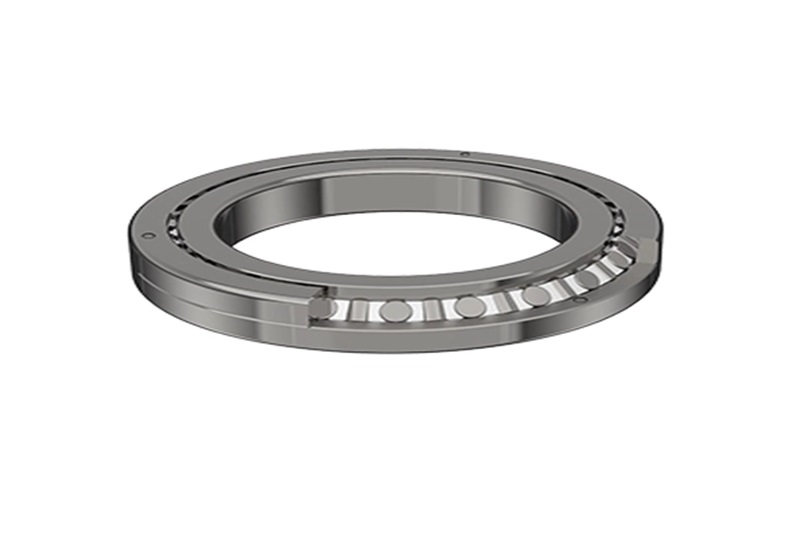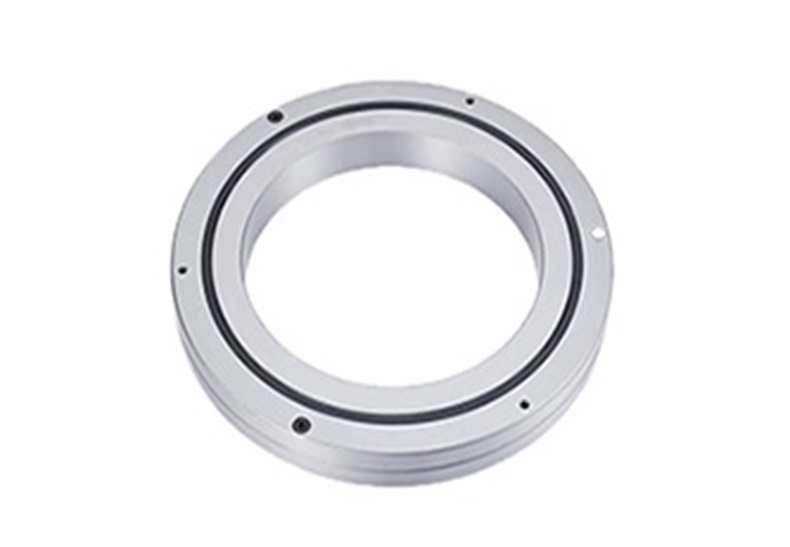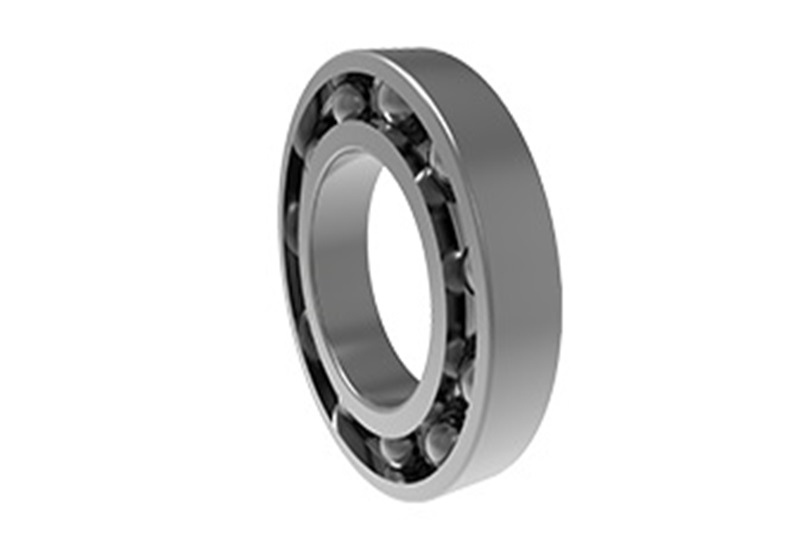What Are Plain Bearings?
Plain bearings are bearings that work under sliding friction. Plain bearings work smoothly, reliably, and without noise. Under liquid lubrication conditions, the sliding surface is separated by lubricating oil without direct contact, which can greatly reduce friction loss and surface wear. The oil film also has a certain damping capacity. However, the starting friction resistance is relatively large. The part of the shaft supported by the bearing is called the journal, and the part matching the journal is called the bearing bush. In order to improve the frictional properties of the bearing bush surface, a layer of anti-friction material cast on its inner surface is called the bearing liner. The materials of the bearing bush and the bearing liner are collectively referred to as plain bearing materials. Plain bearings are generally used in high-speed light load working conditions.
Sliding friction occurs during the operation of plain bearings
The magnitude of the sliding friction force mainly depends on the manufacturing accuracy, while the magnitude of the plain bearing friction force mainly depends on the material of the bearing sliding surface. The general working surfaces of plain bearings have self-lubricating functions. Plain bearings are divided into non-metallic plain bearings and metal plain bearings according to materials.
Non-metallic plain bearings are mainly plastic bearings, which are generally made of high-performance engineering plastics. More professional manufacturers usually have engineering plastics self-lubricating modification technology. They use fibers, special lubricants, glass beads, etc. to enhance and modify the engineering plastics for self-lubrication and then use modified plastics to be processed into self-lubricating plastic bearings through injection molding.
The most commonly used metal plain bearing in the early 21st century is the three-layer composite bearing. This type of bearing is generally based on carbon steel plate, and a layer of spherical copper powder is sintered on the steel plate through sintering technology, and then a layer of PTFE lubricant of about 0.03mm is sintered on the copper powder layer. The middle layer of spherical copper powder mainly strengthens the bonding strength between the steel plate and the PTFE. Of course, it also plays a certain bearing and lubrication role during operation.
Precautions for the use of plain bearings
Plain bearings are surface-contacted, so a certain oil film should be maintained between the contact surfaces. Therefore, the following issues should be taken into account in the design:
The oil film should smoothly enter the friction surface.
The oil should enter the bearing from the non-bearing surface area.
Do not open the entire annular oil groove in the middle of the bearing.
If there is an oil pad, open an oil groove at the joint.
The oil ring should give sufficient and reliable oil supply.
The oil filling hole should not be blocked.
Avoid creating areas where the oil does not flow.
Prevent sharp edges and corners from cutting off the oil film.
The commonly used materials for plain bearings are bearing alloys, wear-resistant cast iron, copper-based and aluminum-based alloys, powder metallurgy materials, plastics, rubber, hardwood, and carbon-graphite, PTFE-modified polyformaldehyde, etc. Plain bearings absorb and transmit the relative motion force between the two parts, maintaining the position and positioning accuracy of the two parts. In addition, it also converts directional motion into rotary motion (such as reciprocating piston engines).














 English
English  français
français  Deutsch
Deutsch  italiano
italiano 



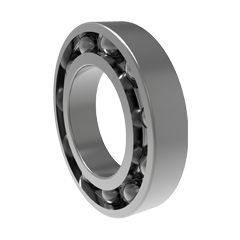
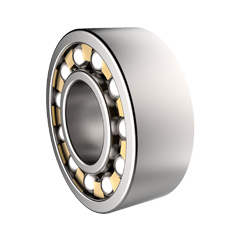
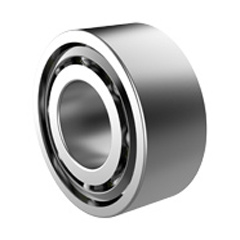
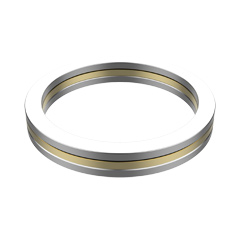
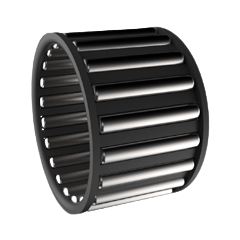
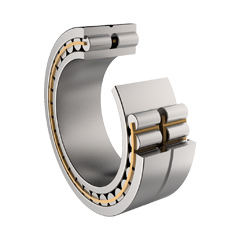
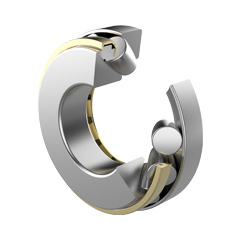
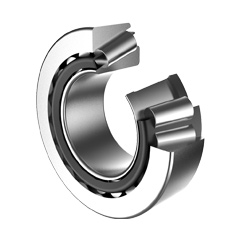
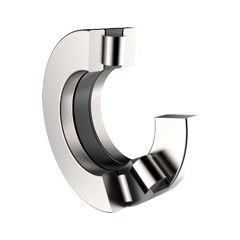
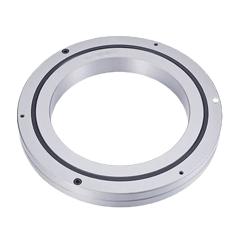
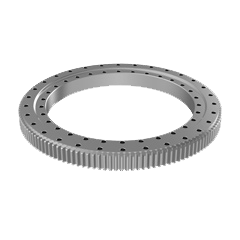

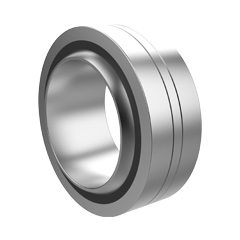

 English
English  français
français  Deutsch
Deutsch  italiano
italiano 

